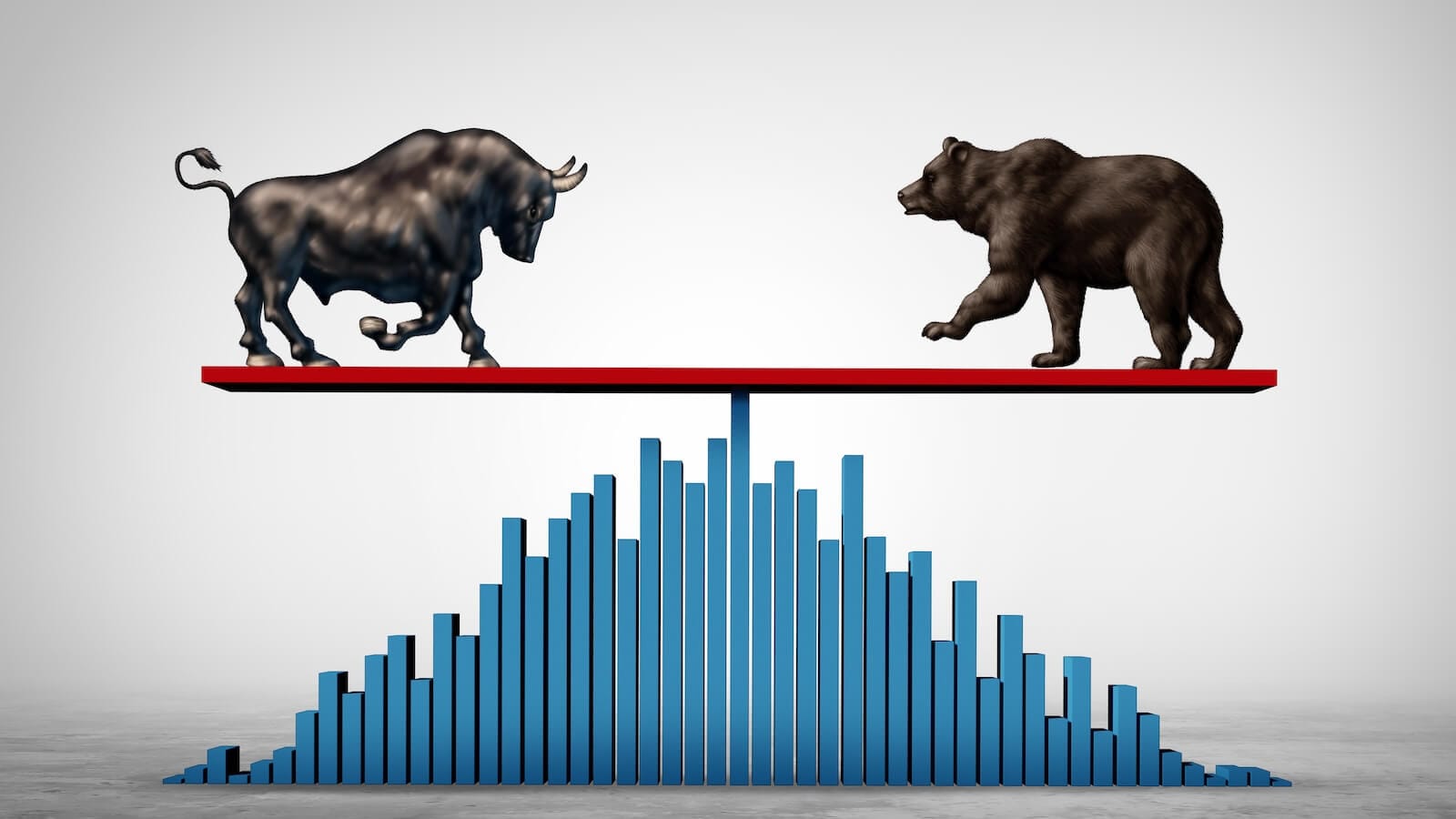The Battle Between Fed Chairman and the President Will Ultimately Be Won by the Market!

The President and the Fed Chair have been in a battle over lower rates for some time. One has been pressuring for easy money to boost the economy, the other prefers to hold off for a while to see what effects the tariffs and other factors might have on inflation.
It's important to remember that the ultimate decision lies with the Federal Open Market Committee. It consists of numerous smart bankers and economists, and is as much subject to the pitfalls of groupthink as anyone else. Think of the Fed as being a lagging indicator and the market as a leading one, and you won't go far wrong in most cases.
The 2-Year Yield vs. the Funds Rate
Chart 1, for instance, compares the Fed-sensitive 2-year yield to the Fed Funds rate. Most of the time, they move in a similar direction, but there are instances where the 2-year series leads at important turning points. They have been identified with the arrows, which slant slightly to the right. The 2020-22 period is especially noteworthy as a case study because the 2-year series firmed up sharply ahead of the funds rate. After all, the market anticipated the forthcoming surge in inflation, and the Fed did not.
Fast forward to the current situation, and there is no such discrepancy, as both series are trading below their respective 12-month moving averages. The usually reliable 2-year yield is forecasting neither a higher nor lower Fed Funds rate.

Chart 2 features the 2-year yield since 2022 and offers more specific guidance as to what to look for in terms of future action, i.e., where the funds rate might be headed. If Trump wins the argument or if the economy weakens, we are likely to see a Friday close below the 3.4% level, i.e., a downside break of the red support trendline. That, to me, suggests the Fed has started to extend the series of cuts that began a couple of years ago.
On the other hand, if it rallies back above the previous minor peak at 4.4%, it would suggest the market has begun to discount a higher Fed Funds rate. Such a move would run contrary to just about everyone's expectations.

However, when we look at the 30-year maturity, it reveals a slightly different picture. In the chart below, the vertical lines flag peaks in this yield that preceded the point where the Fed Funds rate began to decline, demonstrating that this maturity also tends to lead the funds rate at cyclical peaks. A strong consensus of observers assumes the Fed Funds rate peaked in 2023 and that the trend is now down. However, the market-driven 30-year series disagrees, since the small green arrow indicates this yield has been in a small uptrend for most of 2025, compared to the fed rate, which has been flat.

Chart 4 suggests yields on longer-dated maturities are headed higher. That's because the percentage price oscillator (PPO) is above zero and has violated its 2022-24 down trendline. Finally, the yield itself has successfully cleared the blue resistance trendline, leaving the late 2023 high as the only remaining overhead resistance.

Chart 5 again features the 30-year series, but this time on a Friday closing basis. The two key benchmarks appear to be 5.1% on the upside and 4.4% on the downside. If 5.1% is decisively bettered, it would, in my view, be the market's way of saying a lower funds rate is either unlikely or, if a cut is made, it's unlikely to hold. On the other hand, if the yield drops decisively under 4.4% it would be in line with an easier money policy.

Either way, we should look to the market in the form of these 2- and 30-year maturities and let them decide.
Good luck and good charting,
Martin J. Pring
The views expressed in this article are those of the author and do not necessarily reflect the position or opinion of Pring Turner Capital Groupof Walnut Creek or its affiliates.










